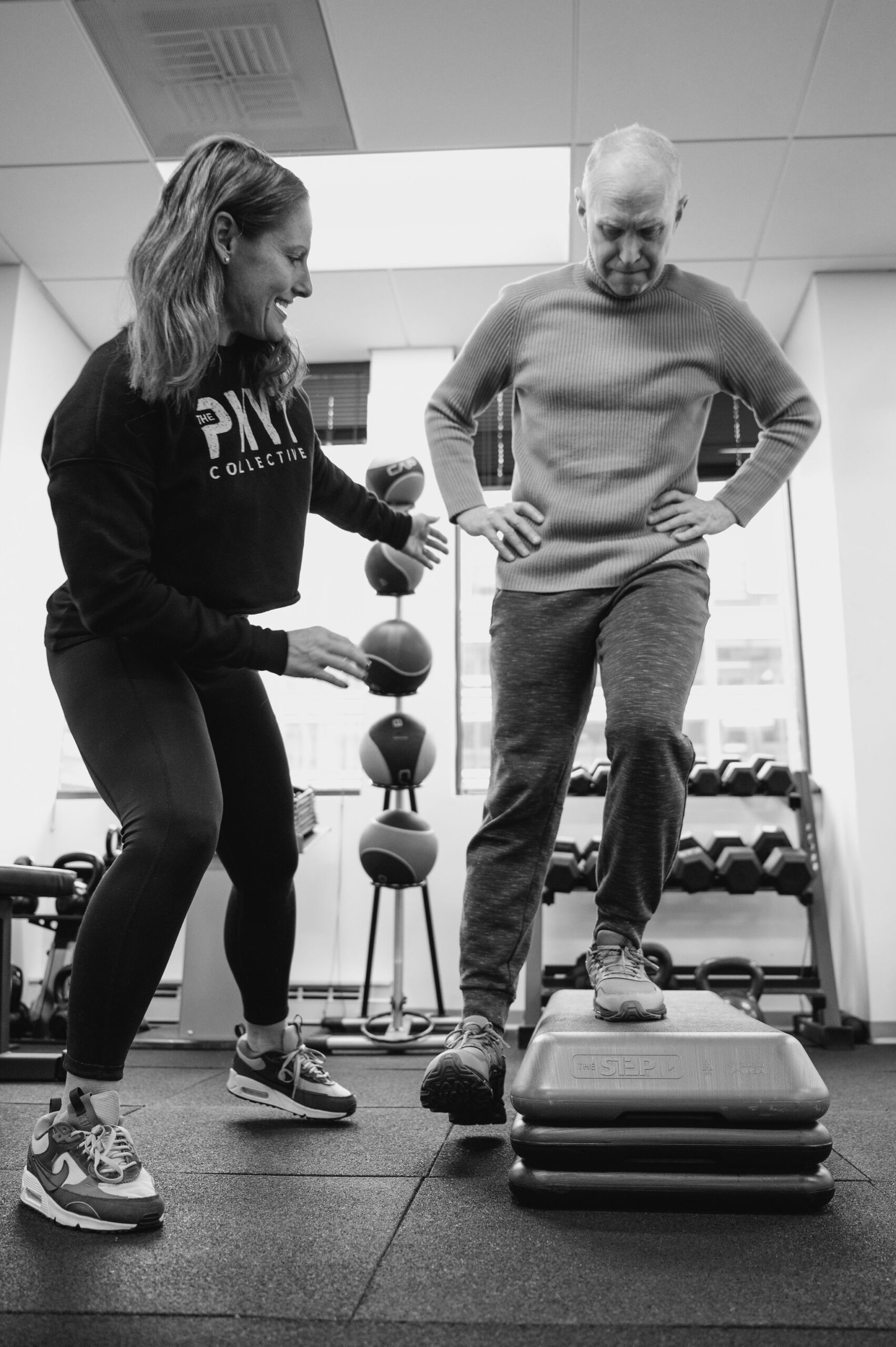How to Prevent Common Sports Injuries with Targeted PT
It’s a common misconception that only beginners or out-of-shape athletes get injured. In reality, even the most conditioned individuals are susceptible to injury—often because their training outpaces their recovery or they overlook key movement limitations. Repetitive motion, muscle imbalances, and overuse are just as likely to affect high performers as weekend warriors.
READ: Unlocking Neck Relief: Cervical Myofascial Release Tools and Aides You Need to Know
Many injuries happen not because of a single moment, but due to gradual wear on joints, tendons, and muscles. Small inefficiencies in movement—like limited hip mobility, poor core stability, or uneven stride mechanics—can accumulate over time. When left unaddressed, these issues often lead to strains, tendinitis, or joint pain that derails progress.
This is where targeted physical therapy makes a difference. Rather than waiting until something hurts, PT offers a proactive approach to protect your body and keep you in the game.

The Most Common Injuries in Active Adults and Recreational Athletes
Staying active is one of the best things you can do for your health—but it also comes with the risk of injury, especially if your training lacks variety or recovery. Among recreational athletes and active adults, certain injuries show up consistently across sports and fitness routines.
Knee pain—often from patellar tendinitis or IT band syndrome—is a frequent complaint among runners, cyclists, and anyone doing high-rep lower-body work. Shoulder issues, like rotator cuff irritation or impingement, commonly affect swimmers, weightlifters, and racquet sport athletes. Lower back pain often stems from poor core stability or tight hips, especially in people who alternate between long sedentary hours and intense training.
READ: Physical Therapy For FAI — Femoroacetabular Impingement
Ankle sprains, plantar fasciitis, and Achilles tendinitis round out the list, particularly in sports that involve cutting, jumping, or quick direction changes.
What these injuries have in common is that they’re often preventable. And when they do happen, physical therapy offers targeted strategies to recover stronger and avoid repeat setbacks.
How Targeted Physical Therapy Prevents Injury Before It Starts
Physical therapy isn’t just for post-injury rehab—it’s one of the smartest ways to avoid injury altogether. Targeted PT identifies the underlying weaknesses, imbalances, or mobility restrictions that quietly increase your risk, even if you feel fine today. By addressing these issues early, physical therapists help optimize movement patterns and reduce unnecessary strain on your joints and muscles.
For example, a slight lack of ankle mobility might not cause problems on its own—but it can lead to knee or hip compensation during squats or runs. A physical therapist catches that and corrects it before it evolves into pain or injury. The same goes for asymmetrical movement, poor posture, or muscle groups that aren’t pulling their weight.
This approach is highly individualized. Your PT program will focus on the specific demands of your sport or activity, your history, and your goals. The result? More resilience, better performance, and fewer setbacks.
Key PT Strategies for Injury Prevention
Physical therapy for injury prevention isn’t guesswork—it’s grounded in clinical assessment, movement science, and personalized planning. At the core of every effective PT program are a few key strategies designed to build durability and reduce the likelihood of breakdown.
1. Movement Screening and Biomechanical Analysis:
Therapists evaluate how you move in both daily life and sport-specific activities to catch early signs of imbalance or faulty mechanics.
2. Strengthening Underactive Muscles:
Targeted exercises help activate muscles that may be underperforming—like glutes, deep core stabilizers, or scapular stabilizers—so your body moves as a connected system.
3. Improving Joint Mobility:
Tight hips, ankles, or thoracic spines can lead to compensations elsewhere. Manual therapy and mobility drills help restore full range of motion where it’s needed most.
4. Neuromuscular Re-education:
You’ll learn to move with better control, awareness, and coordination, which helps reduce stress on vulnerable joints during dynamic activity.
These strategies, applied consistently, can significantly lower the risk of both acute and overuse injuries—keeping your body ready for whatever challenge comes next.
Sports Physical Therapy at PHYT on H Street, DC
At PHYT in Washington, DC, sports physical therapy is built around the idea that prevention is just as important as recovery. Their team works with athletes and active individuals of all levels to not only treat injuries, but to prevent them through personalized, movement-based care.
READ:Physical Therapy for EDS – Ehlers-Danlos Syndrome
Whether you’re a runner training for your next race, a recreational athlete pushing through plateaus, or someone who simply wants to stay active without nagging pain, PHYT offers targeted assessments and custom PT plans to meet your goals. Every session is designed with intention—addressing the root cause of dysfunction and giving you tools to move better, not just feel better.
Located on H Street Northeast, PHYT provides a modern, welcoming space where expert care and community support meet. If you want to train smarter, stay active longer, and move with confidence, sports physical therapy at PHYT is a proactive step worth taking.
